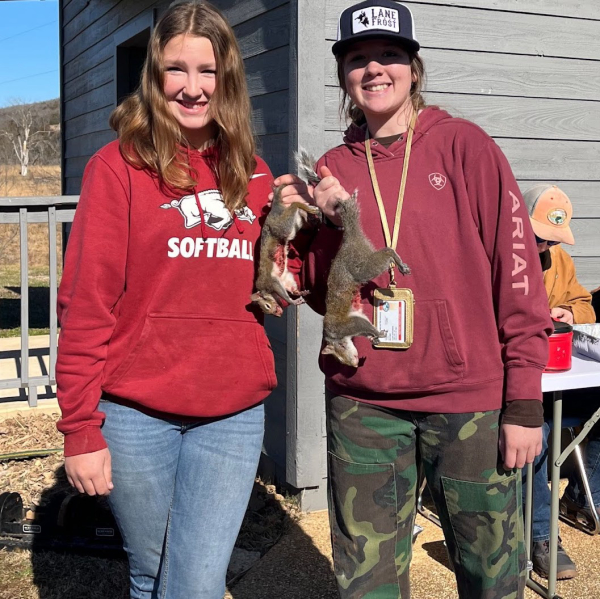Michigan Improves Wildlife Management
By Glen Wunderlich
When Michigan’s new hunting and fishing license structure was introduced, along with increases in license fees, reactions were predictably mixed. With jaundiced eyes, many of us took a wait-and-see attitude.
With the cost of food and fuel at all-time highs, who wants to pay more for anything? Nobody. Government, on the other hand, likes to employ code words and phrases, such as “investments in the future” to soothe our trepidation. “Grants” is another word which meets with widespread approval from those on the receiving end but raises suspicion from those funding them – and, in this instance, it’s the outdoors enthusiasts that pay to hunt and fish.
Michigan’s Department of Natural Resources (DNR) has expanded its efforts to do what it said it would do with our money through the issuance of wildlife habitat grants, specifically designed to enhance food and cover for deer on private land. Again, this is only one means cited in a dizzying array of grant programs available to applicants, but evidence of the new thinking has already materialized.
In a six-county area of northeast lower Michigan, where antler-point restrictions were approved overwhelmingly by hunters recently, a total of $50,000 will be divided by 12 successful applicants. Said DNR habitat biologist Brian Piccolo, “Fruit- and nut-bearing tree species are very popular in this area because they provide a long-term food source for deer and many other wildlife species. On-the-ground habitat work like this will provide great wildlife benefits to the region, as well.”
And, when we think about investments, what better term could be applied to the planting of trees? As they grow, so does their value.
Here are some examples organizations that will receive Deer PLAN grants in 2014 for deer habitat improvement projects:
- A landowner in Montmorency County will receive $2,000 to plant 300 oak and 300 northern white cedar seedlings.
- Durkee Lakes Hunt Club will receive $3,400 to plant 20 apple trees, 55 American chestnut, 500 white oak, 200 red oak, 250 jack pine, 250 highbush cranberry, 250 nannyberry and 400 hawthorn seedlings.
- A landowner in Alcona County will receive $2,644 to create a 7-acre wildlife opening planted to clover, and 20 apple trees will be planted around the border of the opening.
- A landowner in Presque Isle County will receive $3,440 to regenerate northern white cedar through new protection methods. The new protection methods will be showcased for educational purposes.
- Lost Lake Woods Association will receive $6,477 to plant 25 oak and 50 apple trees and 25 highbush cranberry shrubs.
- No Doe Hunting Club will receive $5,559 to plant 300 oak and 100 crabapple seedlings.
- Black River Ranch will receive $10,000 to plant a series of openings totaling 39 acres.
- A landowner in Montmorency County will receive $5,559 to plant 200 oak and 100 crabapple seedlings.
- A landowner in Alpena County will receive $2,000 to plant 30 3-year-old apple trees. The trees will have the potential to begin producing fruit the same year they are planted.
- While the term “giving back” is over-used incorrectly in today’s vernacular, because it implies that something was taken first, it’s spot-on this time around. Yes, it’s still government and red tape galore, but the trend to not only listen to stakeholders but to support them is a refreshing alternative to the status quo.
- Each grant recipient must provide a minimum of a 25-percent cost share and all work must be completed before Sept. 30, 2014.






